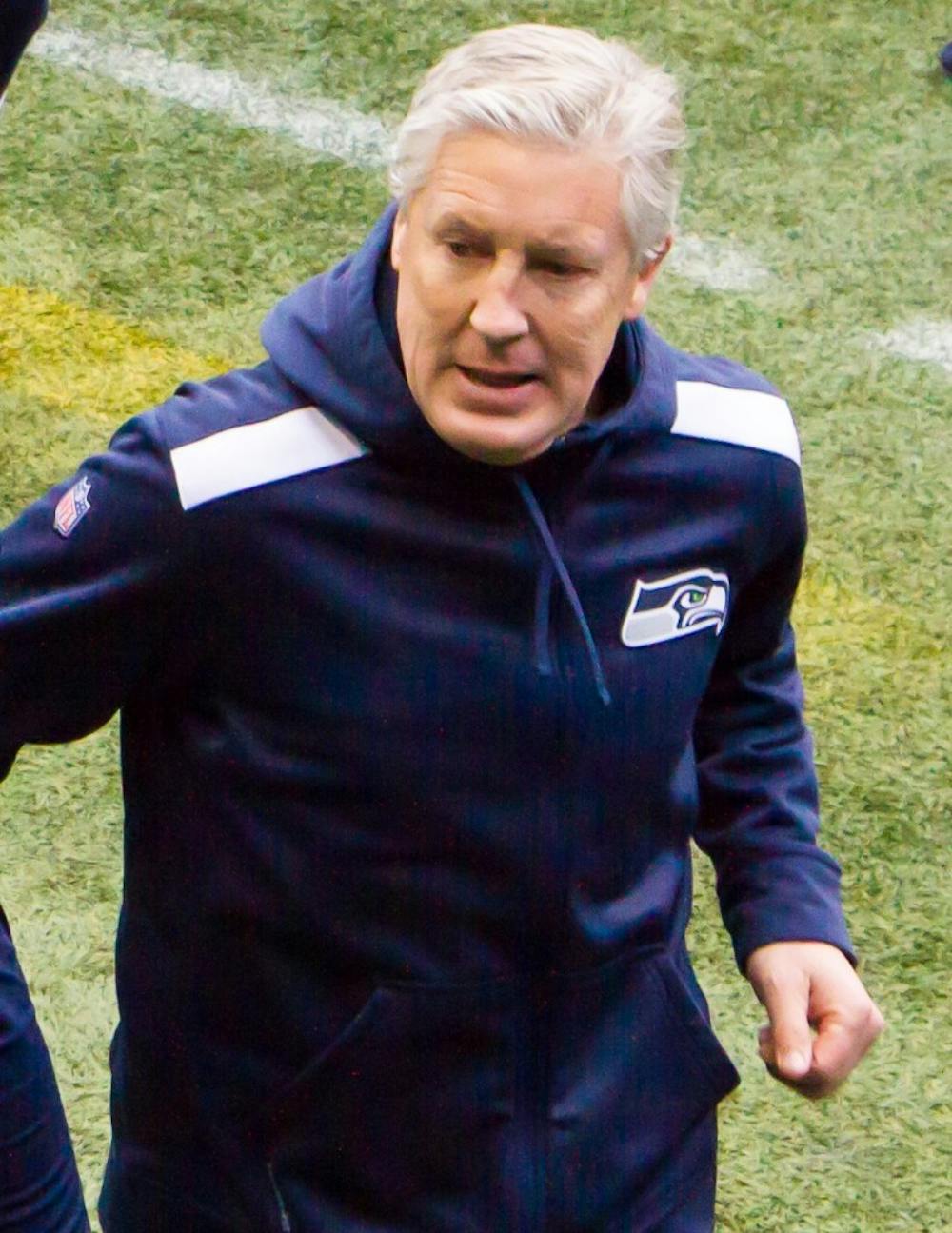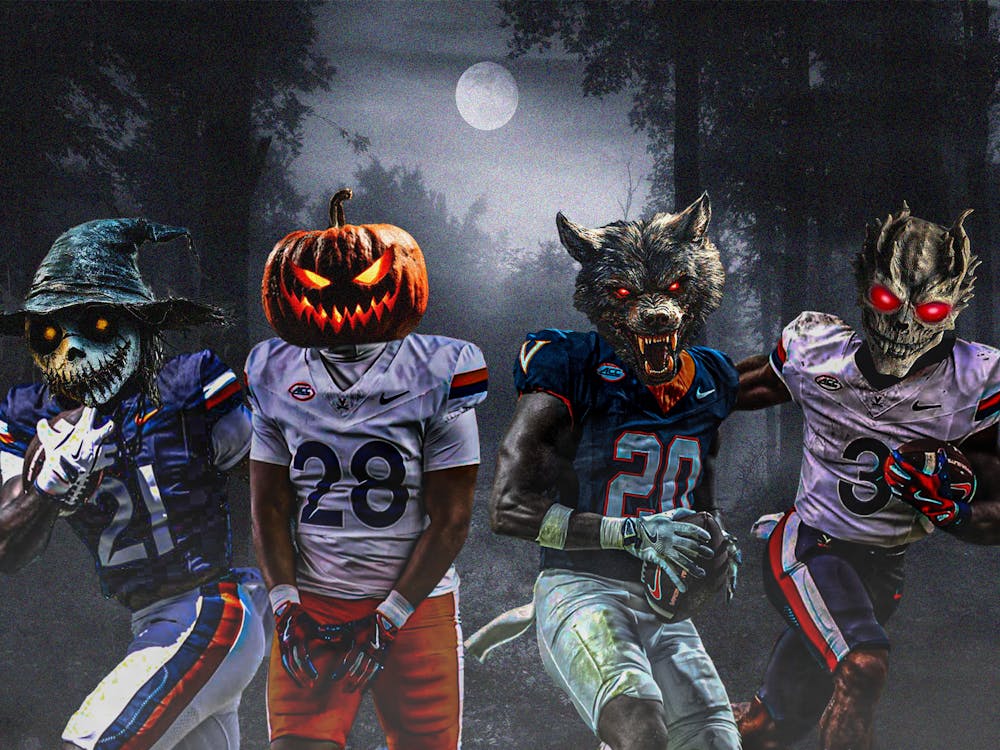Tajuan “Ty” Law played in the NFL for 15 years, was a five time Pro-Bowler and won three Super Bowls with the New England Patriots. Safe to say, Law knows considerably more about football through his many years playing professionally than I do as a couch spectator. So when Law questioned Pete Carroll’s play-calling on the second-and-goal play with less than a minute left Sunday night, I didn’t question it.
Trailing 24-21, Carroll decided to pass the ball on the Patriots’ one-yard line rather than put the ball in the hands of Seattle’s workhorse, Marshawn Lynch. The pass unfortunately was intercepted and sealed the fate of the Seahawks. Law, echoing the thoughts of many who watched that fateful play, decried Carroll’s decision as “[the] dumbest call I’ve ever seen.” Law was not the only one to rail against the decision — ESPN analyst Jemele Hill has been having a field day on Twitter mocking Carroll’s call.
It is easy to second guess a coaching decision, especially when the decision turns out as poorly as Carroll’s did. However, to criticize the in-game choices that coaches make based on the result is a cruel judgment. Outside of those on the field and those in the film room, game-planning weeks prior to kickoff, few people can truly understand the complexities of the decision-making process.
Additionally, there are two components for a play to succeed: the play-call and the execution. Carroll’s decision to pass the ball was intended to give the Seahawks a wide-open slant route for the go-ahead touchdown. To that end, Carroll’s play call succeeded.
Quarterback Russell Wilson had an open receiver in the slant, but unknown Patriots cornerback Malcolm Butler made a great read and got a huge jump on the ball. The game was decided on the field by an incredible play.
There is, of course, the possibility that handing the ball off to Lynch would have yielded the go-ahead touchdown. However, just as Butler made a great jump on the ball, another player on the defense could have made a timely play to stuff or cause a fumble by Lynch. Contrary to what many claim, there was no surety in running the football instead. Lynch is a great running back, but statistically he is far from a guarantee — especially on the goal line. This season, Lynch ran the ball five times from the one-yard line and only scored once.
Carroll’s counterpart in the Super Bowl, Bill Belichick, faced similar backlash in 2009. In a game against the Colts, Belichick called for the Patriots to attempt a fourth-down conversion with the lead on their own 30-yard line instead of punting the ball. The receiver, Kevin Faulk, caught the ball and fell one yard short of the first down — though many argued that Faulk had the first down based on forward progress.
The Patriots gave the ball back to the Colts on the 30-yard line, and Indianapolis used the last two minutes of the game to score a touchdown and win. Belichick was crucified for his decision. But in retrospect, based purely on statistical probability, Belichick’s decision gave the Patriots a better chance of winning the game than giving the ball back to a red-hot Colts offense.
The decision-making process was not the flawed aspect of that play. The Colts defender at that time made an open-field tackle, knew where the first-down marker was and drove Faulk back far enough for the referees to mark the Patriots short of the first down.
Fans, analysts and many sports writers love to have a scapegoat to blame and build their stories around — the narrative is much more compelling and digestible that way. Many things could have happened differently on that play — Wilson could have passed the ball into the body of the receiver rather than leading him too far, Butler could been .01 seconds late on the jump and maybe the receiver could have been more aggressive to make the catch. Carroll’s play call put the Seahawks in position to win the game, but the other side of the play — the execution — faltered.







